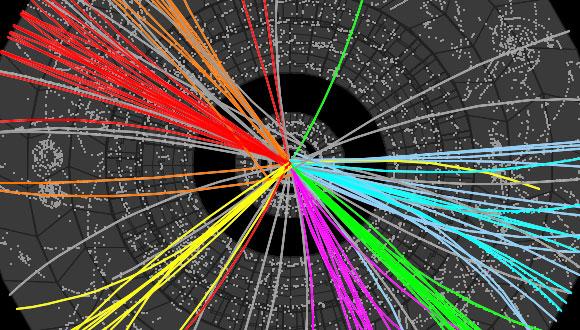Particle Physics Seminar: Spectral Splitting in Phase-Mismatched Harmonics
Raz Halifa, TAU
Abstract:
High harmonic generation (HHG) from the interaction of intense laser pulses with gas has been abundantly studied both theoretically [1-2] and experimentally [3-4] for over three decades. The generated extreme-ultraviolet (XUV) pulse trains enabled new means for probing molecular dynamics on femtosecond to attosecond time scales. However, since the spectral content of these pulses is formed out of discrete odd harmonics of the fundamental frequency, they are suboptimal for accessing specific molecular excited states.
In this talk, I will show how when using multi-TW laser pulses with extreme temporal chirp, a variety of quasi-phase-matching conditions emerge which enable manipulation of the spectral content of the XUV beam, broadening it and even splitting each harmonic into multiple discrete frequencies. I will explain the macroscopic origin of these splits and why a multi-TW laser system is necessary to observe it.
[1] A. L'Huillier, K. J. Schafer, and K. C. Kulander, Journal of Physics B: Atomic, Molecular and Optical Physics 24, 3315 (1991).
[2] M. Lewenstein, et al, Phys. Rev. A 49 (1994).
[3] T. Popmintchev, et al, PNAS , 1 (2009).
[4] C. M. Heyl, et al, Optica 3 (2016).
Seminar Organizers: Dr. Michael Geller & Dr. Adi Ashkanzi


